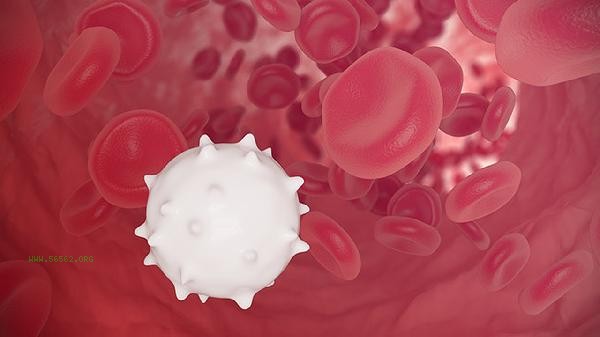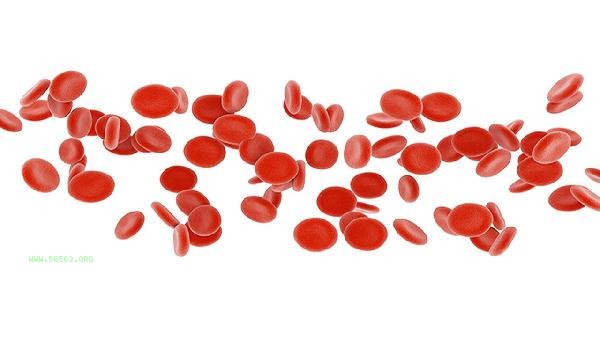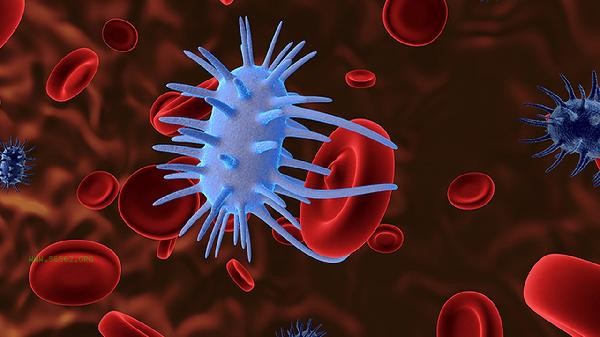Low hemoglobin concentration in red blood cells can be improved by adjusting diet, supplementing iron, treating primary diseases, transfusion therapy, regular follow-up, and other methods. Low hemoglobin concentration in red blood cells may be related to iron deficiency anemia, chronic blood loss, bone marrow hematopoietic dysfunction, hemolytic anemia, malnutrition, and other reasons.

1. Adjust diet
People with low red blood cell hemoglobin concentration can increase their intake of iron rich foods in moderation, such as pig liver, duck blood, spinach, etc. The iron in animal liver and animal blood products belongs to heme iron, which has a high absorption and utilization rate. The iron in plant-based foods belongs to non heme iron and can be combined with foods high in vitamin C to promote absorption. At the same time, it is necessary to ensure high-quality protein intake, such as eggs, milk, lean meat, etc., to provide raw materials for hemoglobin synthesis.
2. Iron supplements
Low hemoglobin concentration caused by iron deficiency anemia can be treated with iron supplements such as dextran iron oral solution, ferrous succinate tablets, and protein iron succinate oral solution according to medical advice. During iron treatment, there may be reactions such as black stool and gastrointestinal discomfort. It is recommended to take it after meals. Iron supplementation therapy should be continued until hemoglobin returns to normal before replenishing stored iron. The course of treatment usually takes several months and should not be discontinued on its own.
3. Treatment of chronic bleeding caused by primary diseases
Chronic gastritis, digestive ulcers, hemorrhoids bleeding, etc. require targeted treatment for the primary disease. Immunosuppressants or hematopoietic stimulating factors are required for hematopoietic dysfunction such as myelodysplastic syndrome and aplastic anemia. Autoimmune hemolytic anemia may require treatment with glucocorticoids or splenectomy. After identifying the cause, an individualized plan should be developed under the guidance of a specialist doctor.

4. Blood transfusion therapy
When severe anemia with hemoglobin levels below 60g/L or significant hypoxia symptoms occur, concentrated red blood cells may need to be infused to improve oxygen carrying capacity. Before blood transfusion, it is necessary to complete blood type identification and cross matching tests, and closely monitor for transfusion reactions such as fever and allergies during the transfusion process. Blood transfusion can only temporarily correct anemia, and the root cause of hemoglobin reduction still needs to be identified and resolved.
5. Regular follow-up
During treatment, regular blood routine tests are required to observe the trend of hemoglobin changes, and iron deficient individuals also need to monitor serum ferritin. Patients with bone marrow diseases may need to undergo bone marrow puncture for re examination. Hemolytic anemia patients need to monitor reticulocyte count and bilirubin levels. Adjust the treatment plan based on the re examination results until the hemoglobin concentration stabilizes within the normal range. People with low red blood cell hemoglobin concentration should avoid intense exercise that exacerbates hypoxia symptoms in their daily lives and pay attention to a balance between work and rest. Maintaining a balanced diet, correcting picky eating habits, and using an iron pot during cooking can help increase iron intake. Women with excessive menstrual flow can consult a gynecologist to regulate their menstrual cycle. Long term vegetarians, pregnant women, teenagers, and other individuals who are prone to iron deficiency may consider prophylactic iron supplementation. When symptoms such as dizziness and fatigue worsen, seek medical attention promptly. Do not take iron supplements on your own for a long time to avoid delaying the diagnosis and treatment of other diseases.









Comments (0)
Leave a Comment
No comments yet
Be the first to share your thoughts!